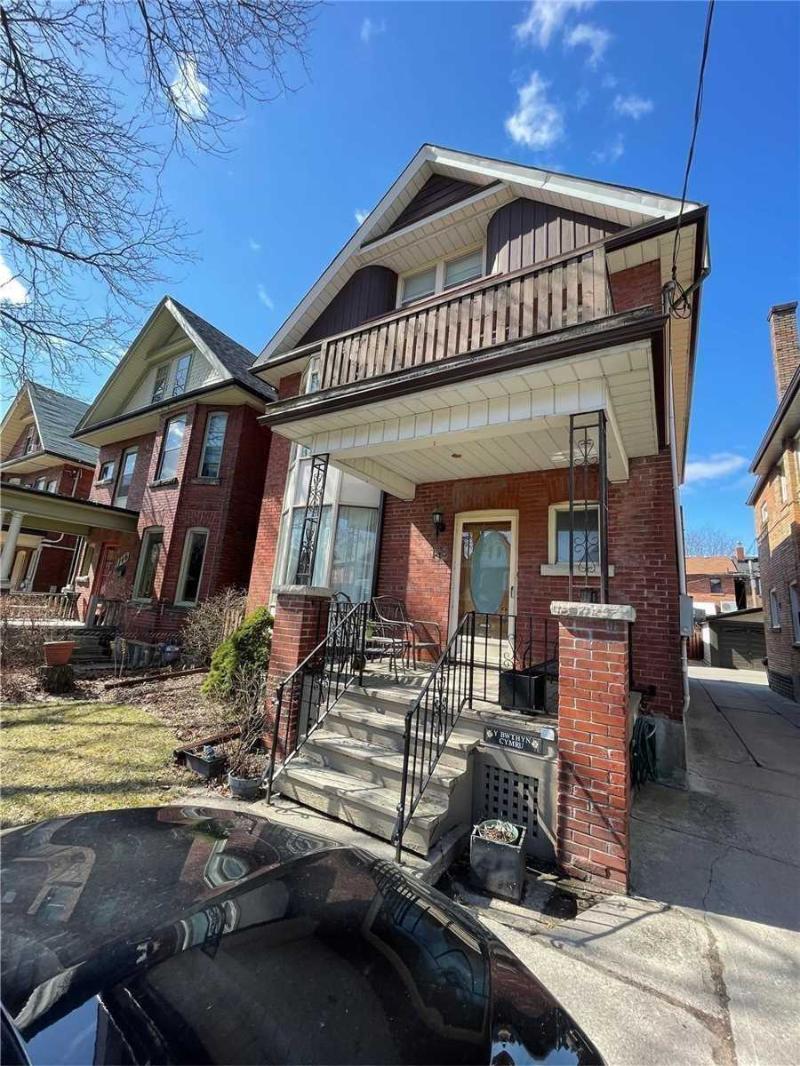Location, location, location. On a popular HGTV show, the hosts — two mega-popular real-estate tycoons who have spawned a business empire — say to choose the worst house in the best neighborhood. They are fixing up this mess for a hopeful family to buy. At the end of the day, after all the tears of joy and footage of fun DIY projects, a transaction is a transaction. The media moguls are making money, plain and simple. They know how to choose the right neighborhoods for their target clients. But how to flip a house in the best neighborhood?
Several factors contribute to the magic that makes a neighborhood qualify as “on the rise.” These factors, when married together, create the perfect recipe for a fix-and-flip that is profitable based on statistics alone.
-
Steady Rise in Prices
The first telltale sign that a neighborhood is a good contender for a fix-and-flipper is rising prices. When the median home value in an area has steadily risen over a period of time, it is more likely that the property will continue to rise in value. Thus more return on investment when you flip a house.
But how can new investors dig up that information?
With technology at the tips of our fingers, buyers have an edge that wasn’t previously available. Apps like Zolo, HouseSigma, and ZooCasa are free to use and provide ample information about neighborhoods and properties. Available information includes previous sold dates, amounts of the sales, median home values in the neighborhood, and similar listings nearby. Neighborhood information is provided, often listing school ratings, accessibility ratings, and noise factors. Also, professional photos and video home tours provide an initial view of the property. Keeping in mind that it is the listing agent’s job to make the property look as appealing as possible.
Comparing home prices in the area is key. Take a look at move-in ready properties especially. Are they fully updated, or are they just livable? Based on the condition and pricing, is the fixer going to turn the right profit?
-
Growing Incomes:
Once a neighborhood is vetted according to a rise in prices, it’s time to take a tour. What an investor is looking for are updates. New siding, new roofs, solar panels, additions, new windows, and carefully crafted landscaping are some examples of renovations to look for when driving through a neighborhood.
If updates are abundant, and construction and landscaping teams can be seen busy at work, the homeowners are earning more and can afford the updates. Property improvements around the neighborhood increase the values of the homes all around.
Another way to compare growing income neighborhoods is to check out Toronto’s city government website. With a key for data, research, and maps, the website is an incredible resource to compare financial statistics around the city. Neighborhoods in close proximity to new businesses may also reflect an increase in incomes when you flip a house.
-
Diversity, Art, and Community Events:
Buyers and renters have become younger. For many millennials and gen-Z’ers, it’s vital for quality of life to include themselves into diverse areas. Enjoying the experience of interacting with those different from themselves, trying foods and goods made by different ethnic groups, and gaining a more humanized perspective of life is all part of the greater experience. Diverse communities create a sense of understanding that more one-note communities are lacking.
These factors also often create more jobs and more opportunities for residents. And for young buyers with families, the idea of raising children in a close-knit and diverse community can be extremely appealing.
Tight-knit communities also signify more safety. Neighborhoods where occupants know one another often look out for one another. Such neighborhoods may have a neighborhood watch program or similar programs to keep each other and their properties safe from crime.
Art and community events increase interactions between residents. So if the potential for friendliness and community is yet to achieve, these events are the threads that sew communities together.
-
School Ratings:
Young families are making the move toward home ownership more than ever. Also, working from home over the past one and a half years has removed people’s fear of moving somewhere new. According to the Royal LePage Survey in 2021, 84% of adults aged 25-35 who have not yet purchased a home plan to do so in the next five years. Many surveyed are newly married and making moves toward starting a family. It makes sense to be certain that the schools in the neighborhood have a decent rating.
School ratings in the area can be found on the Fraser Institute’s compare school rankings website. In Ontario, the numbered rankings are broken down neighborhood by neighborhood, making it a fantastic resource for an investor looking at properties.
-
Owner-Occupied Homes and New Construction
The average ratio of homeowners to renters in the country is 2-to-1. But new investors should really hone in on a neighborhood with a higher rating of owner-occupied homes. Owners tend to take more pride in their properties than renters which increases the value of all nearby properties.
New construction is great to look out for as well. And the more homeowners, the more increase in the “magic ratio” of buyers to renters that steadily increases value over time.
New construction homes offer new homeowners the opportunity to be move-in-ready. Often new homeowners do not want the hassle of a fixer-upper (which is what fix-and-flippers are all about), and will decide on new construction to avoid updating for many years. New construction also often signifies nearby jobs.
According to Storey’s, several Toronto neighborhoods hold that magic ratio of renters to buyers, and are known as “high-momentum” areas rising in value: Alderwood, Moss Park, and Blake-Jones. These are the top three contenders for fix-and-flippers or investors after the second quarter of 2021. All have a higher than 2-1 buyer to renter ratio, and all are currently experiencing a jump in prices.
Buying a fixer-upper isn’t all just about the neighborhood, though choosing the right area is a great jumping-off point. The next thing to consider when you fix-and-flip a house is the house itself. A smart investor never wants to bite off more than they can chew.
Stay tuned for Part Two: How to Find a Perfect and Profitable Property to Flip?



